Almost every boatbuilder has had to contend with a broken screw that must be removed. This recently happened to me when my #6 self-drilling Torx screws had set firm while temporarily securing a 6mm panel to a thin Douglas-fir seam batten while the epoxy cured. Fueled by coffee and enthusiasm, I broke seven screw heads off. I should have stopped after the first one and used my soldering iron to heat the screws to loosen the rest, but that moment had passed. The screws were not stainless and their points protruded through the seam batten on the interior of the boat. They had to go.
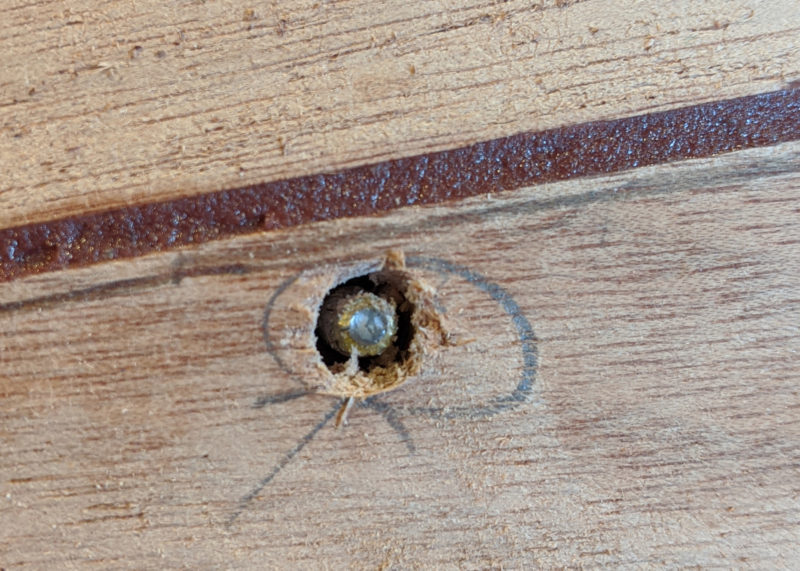 Photographs by the author
Photographs by the authorThe Unscrew-Um has started work on this screw that has lost its head. Guided by the screw shaft, the Unscrew-Um removes only a minimum of wood to extract the screw.
The conical left-hand-threaded screw-extractors that you might find in a hardware store are designed to bore into the head of a screw that has been damaged by a driver bit and then back it out. These tools can also work on a bolt or a screw with a substantial shank, but not on the thin shank of the #6 screw. For extracting broken screws, as well as those with stripped heads, there’s a tool called the Unscrew-Um.
In the 1980s, Tom Jannke, the Unscrew-Um’s inventor, was a boatbuilder helping to refurbish MAH JONG, an elegant Sparkman & Stephens yawl. The project manager had soberly lectured Tom to “make no mistakes” and set him to removing a teak ceiling. Unfortunately, the screw heads were breaking off and Tom was not allowed to split the teak, remove the screws, and make new strips. Out of necessity, he experimented with bored-out drill rods and split pins, and then inserted them around the screw. They would grip the outside of the screw and he could turn them out. Finding success with these homemade devices, Tom set about perfecting his invention and established his company, T & L Tools.
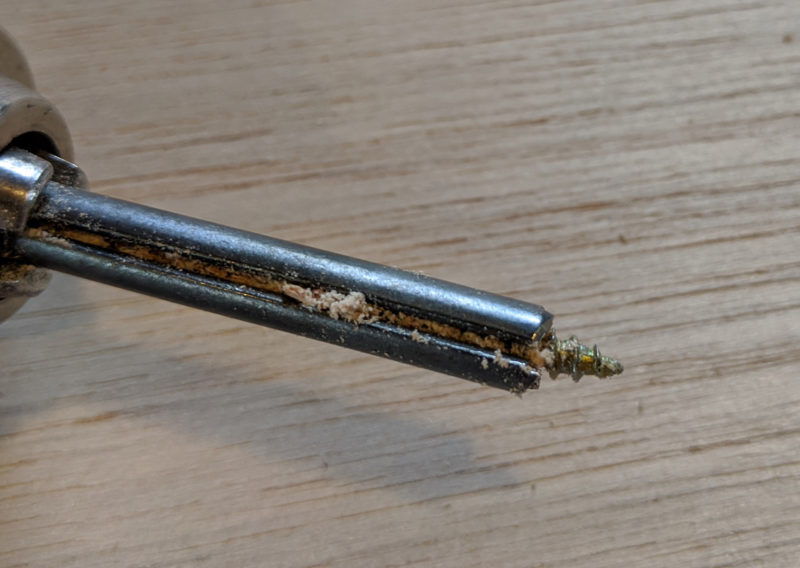
The Unscrew-Um has a saw-toothed tip to cut into wood and untempered metal and a slotted shaft to pinch and twist the screw.
An Unscrew-Um is a hardened-steel tube with an expansion slot on one side and cutting teeth on the end. Used with a power drill run in reverse, it descends over the broken screw, grips it, and backs it out. The key to success is to use the correct Unscrew-Um for the screw. A sizing chart provides a guide to the 11 different Unscrew-Ums and screw sizes from #2 to #20. The chart indicates how to select the right tool for a screw with a stripped slot, a head broken off, or a shank separated from the threaded end of the screw. The Unscrew-Um’s slot allows it to expand slightly as it descends around the remnants of the screw, locks onto it, and backs it out on its threads. There is little damage to the surrounding wood.
Many cheap multi-material screws now offered in hardware stores are hardened, as I unwittingly found my Torx screws to be. The threads are rolled onto the shank, not cut from it, so they can be equal to or greater than the shank diameter. The sizing chart notes that the Unscrew-Um to use on these screws is two sizes bigger than what is needed for a standard screw. The Unscrew-Um must cut outside of the screw, avoiding contact with the hardened metal, which will dull the tool’s teeth. The Unscrew-Um will slightly expand over the threads until the friction overcomes the grip of the threads, and the screw backs out.
For hardened screws seized in place with epoxy, which was my issue, use an Unscrew-Um large enough to pass completely around the threads of the hardened screw and core it out of the wood, leaving a small clean hole. Using the 1/4″ Unscrew-Um on the #6 Torx screws, I removed the remaining screws in a matter of minutes. The teeth bit right through the wood while the screw shank guided the Unscrew-Um down its length. A small pick pushed the plug from the Unscrew-Um. The ease of removing these screws in this fashion was impressive. A small, clean hole remained, which I filled with thickened epoxy. I was relieved that I did not have to resort to more complicated surgery.
Small boats often require a lot of small screws, whether expensive stainless-steel and bronze permanent fasteners or cheap temporary screws to hold epoxied connections, and sometimes screws strip or break. That’s when the Unscrew-Ums are good partners to have close at hand.![]()
Christophe Matson lives in New Hampshire. At a very young age he disobeyed his father and rowed the neighbor’s Dyer Dhow across the Connecticut River to the strange new lands on the other side. Ever since he has been hooked on the idea that a small boat offers the most freedom.
Unscrew-Ums are available individually, at $8, and in sets, starting at $40, directly from the manufacturer, T & L Tools.
Is there a product that might be useful for boatbuilding, cruising, or shore-side camping that you’d like us to review? Please email your suggestions.
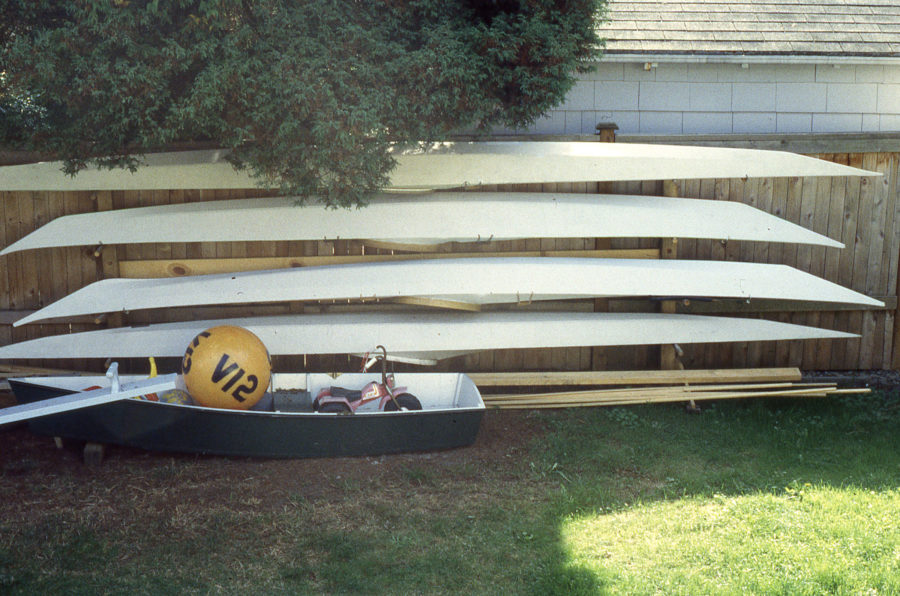

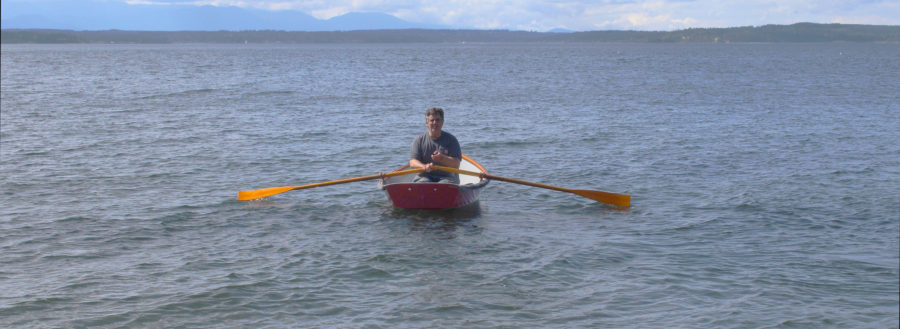

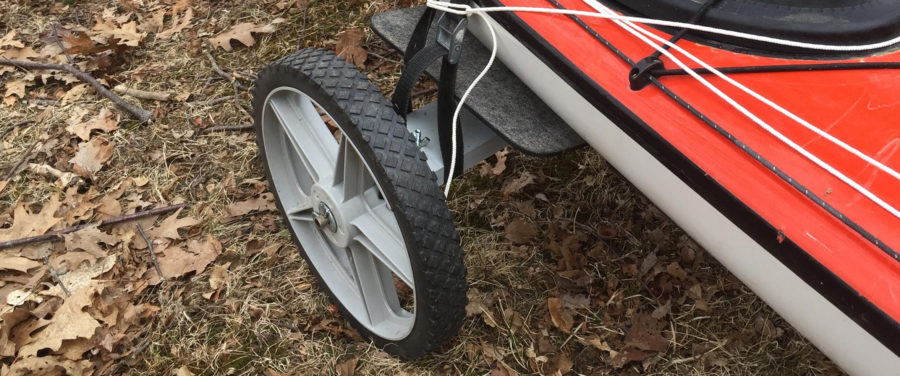
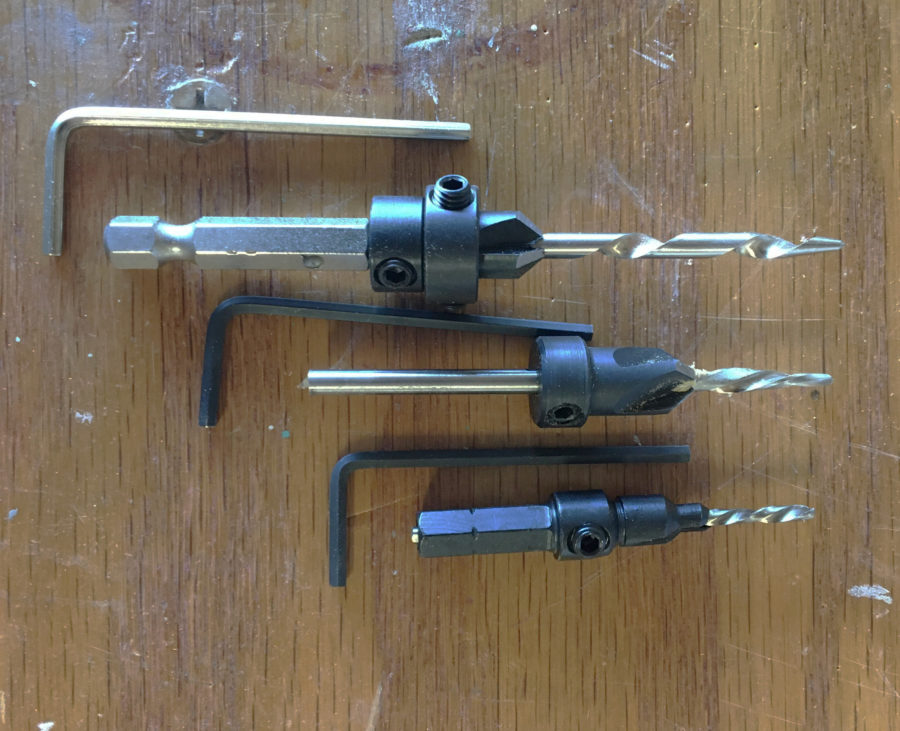
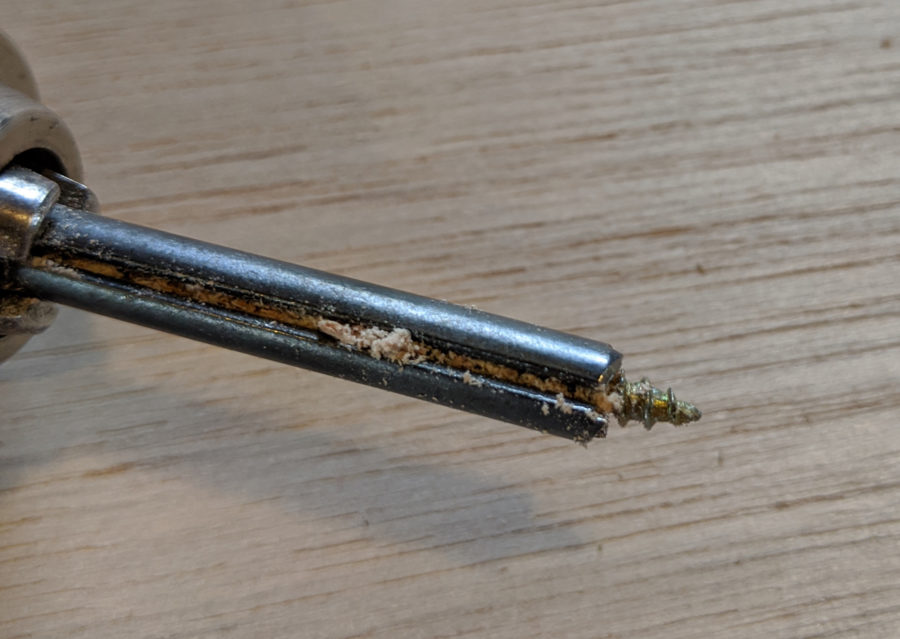

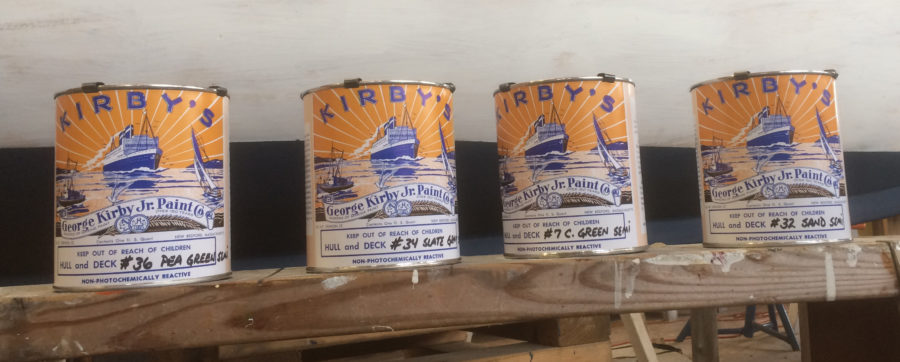

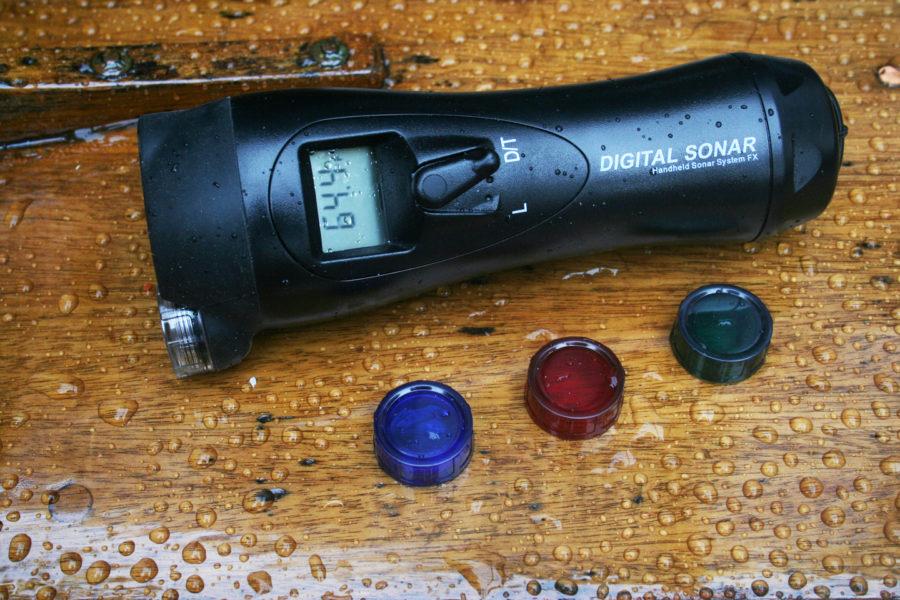

Looks like a roll (aka spring) pin with a bit of grinding on the end. I’ve got something similar acquired years ago: a thin steel tube 5/16″ dia. with saw teeth at the ends. Haven’t seen them in catalogs for some time. It wants to skate around unless I’m using a drill press or a board with a guide hole centered over the work. I’ve also used it as a 1/4″ plug cutter. Seems like both of these tools could be fabricated without much trouble.
When all else fails–but sure makes an heck of a hole. Seems to speak to using better quality screws in the first place.
Tom